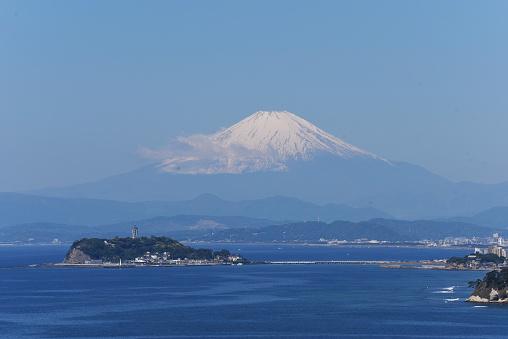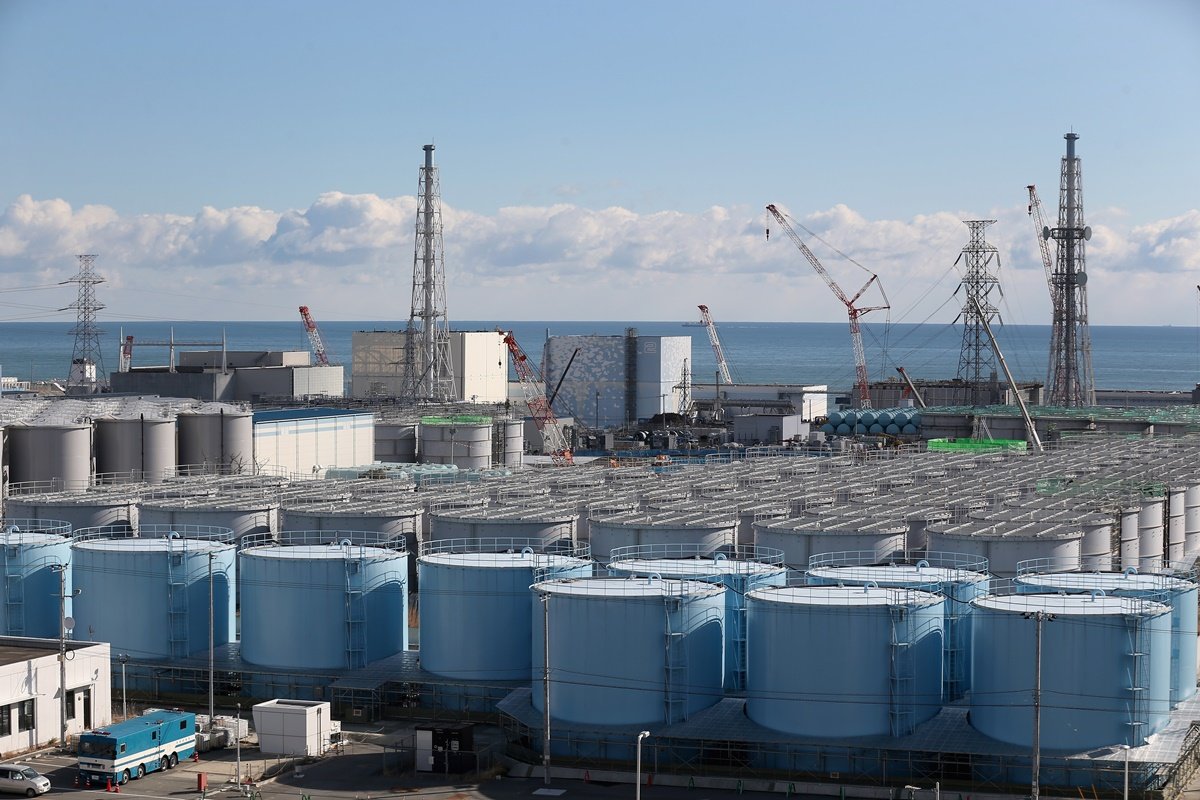In March 2011, the strongest earthquake ever recorded in Japanese history devastated the Fukushima I nuclear power plant after it cut off electricity and crashed three operating reactors – the event killing more than 18,000 people. Now the country plans to release tons of treated water collected at the nuclear power plant into the Pacific Ocean.
A total of 1.3 million tons of water used in the cooling process of the Fukushima reactors could be discharged into the Pacific Ocean – more than a thousand tanks and filling up to 500 Olympic swimming pools. The problem is that Japan’s neighboring countries aren’t too happy to hear that “dirty water” will spill into the ocean.
Additionally, because the plant is built level with the water table, a large amount of water below ground continues to be polluted every day – 140,000 liters are polluted every day. Therefore, the Japanese government uses a process called the Advanced Fluid Handling System (ALPS) to perform the necessary treatment, which can be performed several times until the water reaches legal standards.
The water decontamination process cannot remove the radioactive element tritium. In total, it takes a half-life of up to 12 years for tritium to evaporate from water, but Japan will discharge up to 10,000 Bq per liter of water according to the standard set by the World Health Organization — water treated from the plant has only 1,500 Bq per liter, which is standard in this case. .

“When the liquid is diluted with seawater, tritium levels will drop below 1,500 becherels per liter, or 1/40 of the government’s standard for dewatering,” said the Tepco official, who oversees the decontamination and decommissioning of nuclear power plants. power plant, Hikaru Kuroda.
Polluted water in the Pacific Ocean?
Initially, the approval for the release of water was obtained two years ago, but the Japanese authorities were still carrying out the process of purification of the water and removal of radioactive elements. According to the information obtained, the discharge of water to the Pacific Ocean should be done between March and August of this year.
“We take other countries’ concerns seriously, so we take every opportunity possible to explain to them the evacuation plan. We are committed to dispose of water without harming the environment and human health. A foreign ministry official, Ayako Ogino, said: “Qualifying the water as dirty is false because it implies that it will harm the environment.” Guard.
Environmentalists and organizations in neighboring countries fear the action could contaminate Pacific Ocean water, while industry groups and nuclear scientists say wastewater from other power plants carries out similar processes with minimal impact. Nuclear materials scientist Nigel Marks of Curtin University in Australia says dilution of radioactive water into the ocean aims to provide safe radiation levels, so dumping treated water is the right thing to do.
Source: Tec Mundo
I’m Blaine Morgan, an experienced journalist and writer with over 8 years of experience in the tech industry. My expertise lies in writing about technology news and trends, covering everything from cutting-edge gadgets to emerging software developments. I’ve written for several leading publications including Gadget Onus where I am an author.












